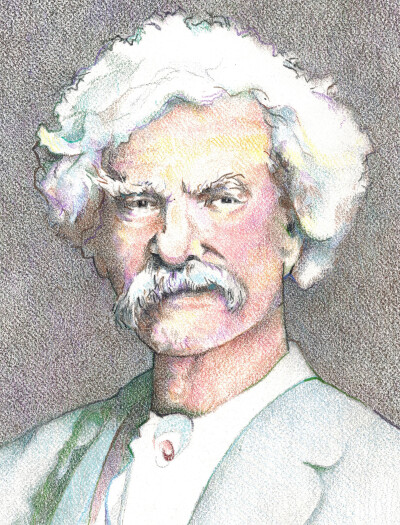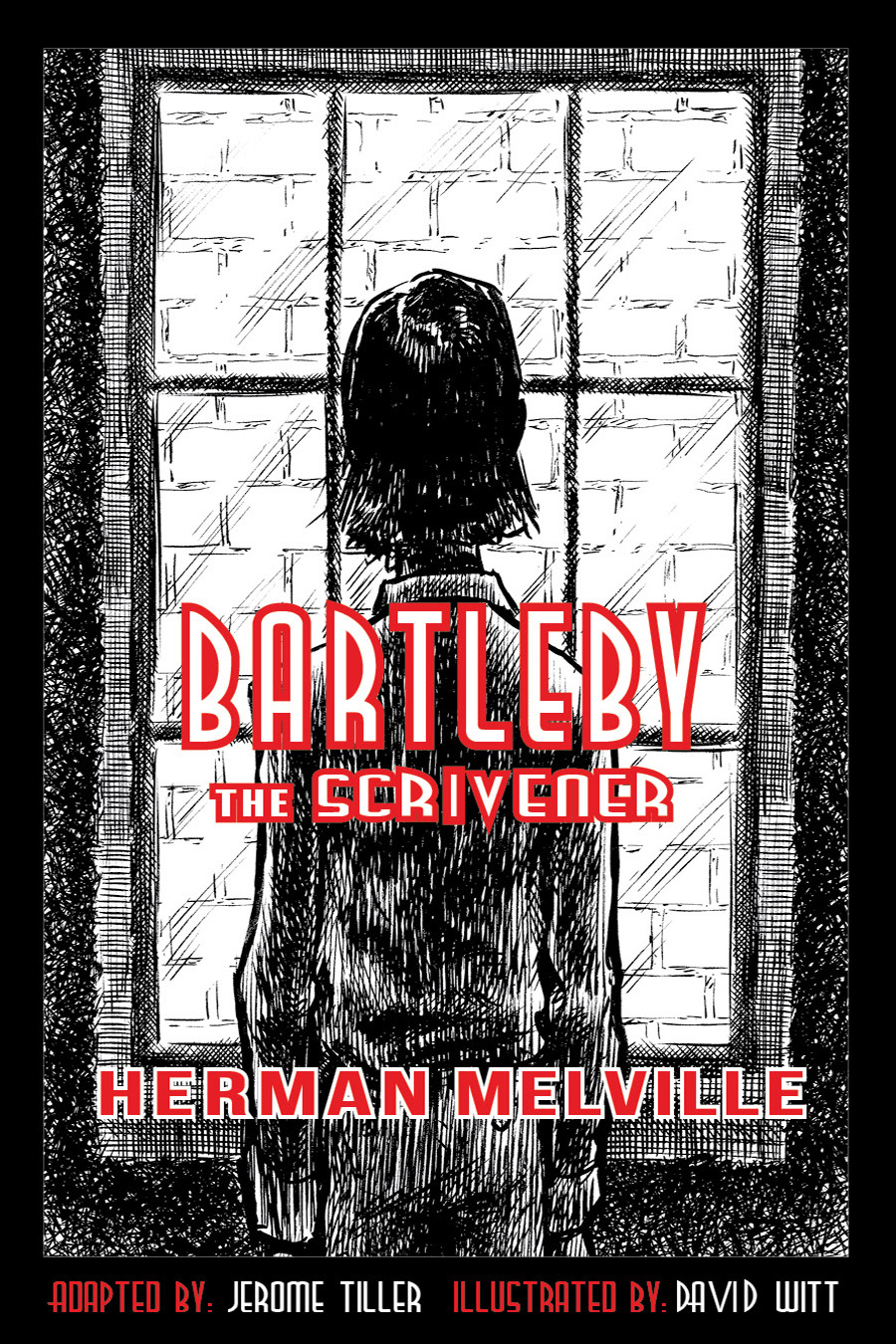middle school literature
Middle-Grade vs. Middle-School - A Difference in Terms
According to book trade companies that publish fiction, certain words and content topics define the two categories. Fiction books for ‘middle-grade’ readers shouldn’t contain profanity, graphic violence, or sexuality. All of this type of content would be allowable...
Mark Twain’s Eve and Adam - Gender Stereotypes?
When Mark Twain developed the characters Eve and Adam in his creation stories, did he rely upon and perpetuate gender stereotypes? Although most of the people who have read and reviewed “Eve’s Diary” like the story, some readers found fault with Twain’s portrayal of Eve, especially after she began taking an interest in Adam. Twain took on a daunting task when he decided to fictionalize the story of creation. He must have known his characterizations of Eve and Adam, the very first human creatures, would be seen as archetypes for all succeeding generations of both genders of humans. Confidants of Twain knew he wrote “Eve’s Diary” as a eulogy to his beloved wife Olivia. Consequently, Twain did not intentionally slight Eve in any way, and definitely not as a gender stereotype, when he developed her character.
View/download free pdf version of the Diaries of Eve & Adam (scaled for mobile & ipad devices)


